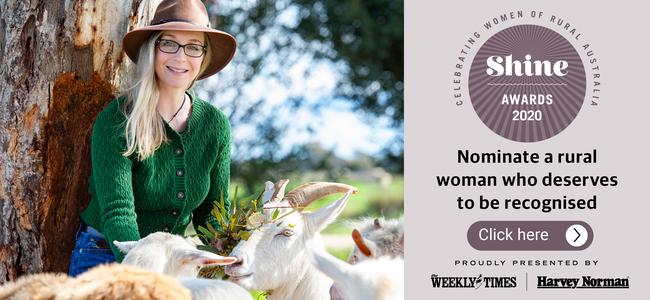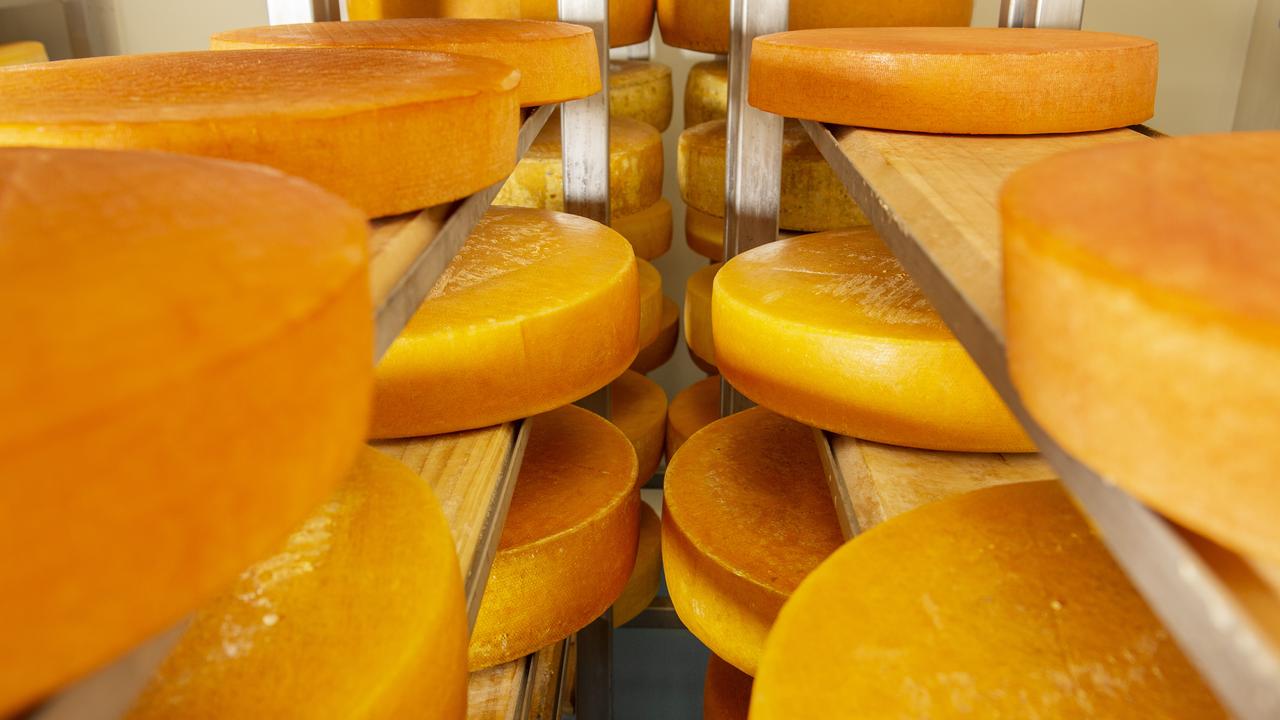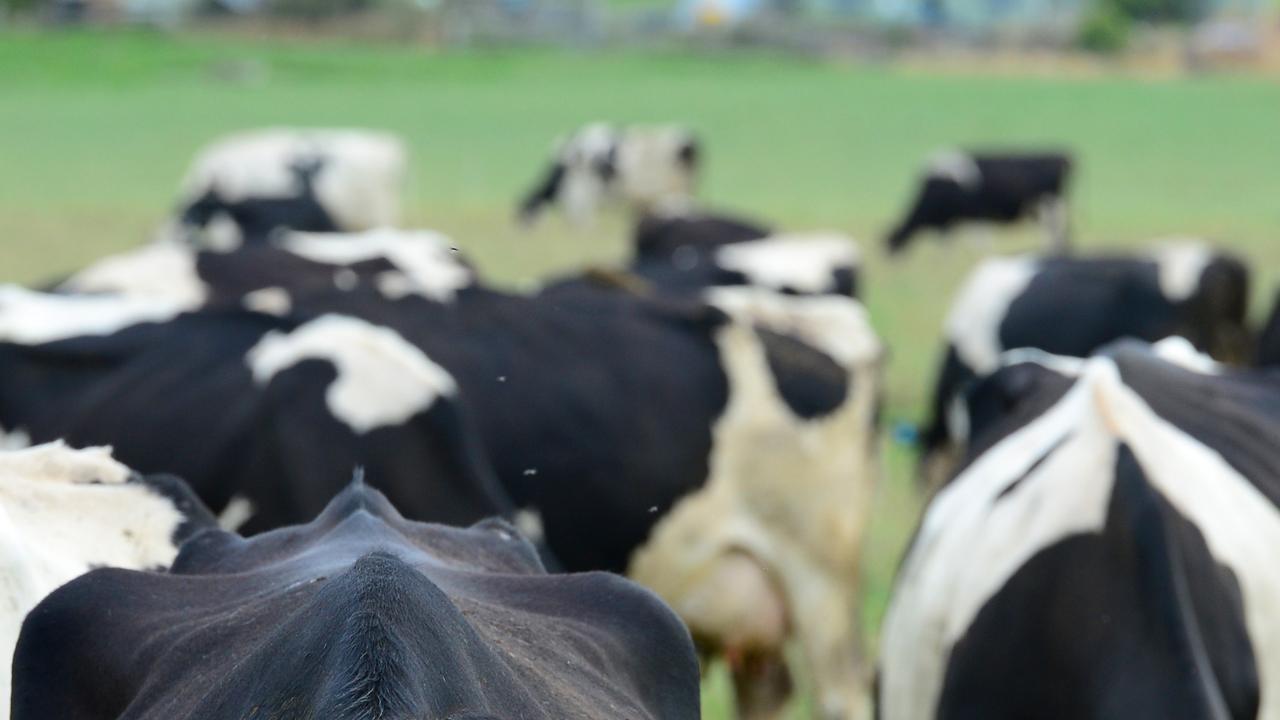Why camel milk producers are expecting market growth
Victoria’s only two camel milk producers are gearing up for solid market growth, with an increase in demand and new laws which will make exporting easier.
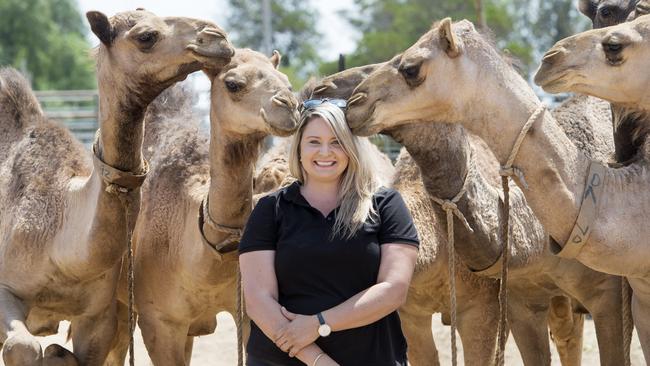
CAMEL milk producers are gearing up for expected market growth for Australia’s small industry.
It follows changes to Victorian laws in December, which brought camel milk under the state’s Dairy Act, legally recognising it as a dairy product for the first time.
Victoria’s first licensed camel dairy co-founder Megan Williams, of Camel Milk Co Australia at Kyabram, is hoping to double her herd of 80 milkers within the next 12-18 months.
“When we first started in 2014, we were extremely small with three staff and a handful of camels just breaking into the industry, now we’re at the forefront,” Ms Williams said.
“The growth of the camel milk movement in the past six months has been significant.”
Ms Williams said because camel milk was the only milk other than human milk to not have a whey protein called beta-lactoglobulin, a known allergen, it was popular among people with dairy intolerances or sensitivities.
“I believe that a lot of the Asian markets have gotten on to the added health benefits,” she said.
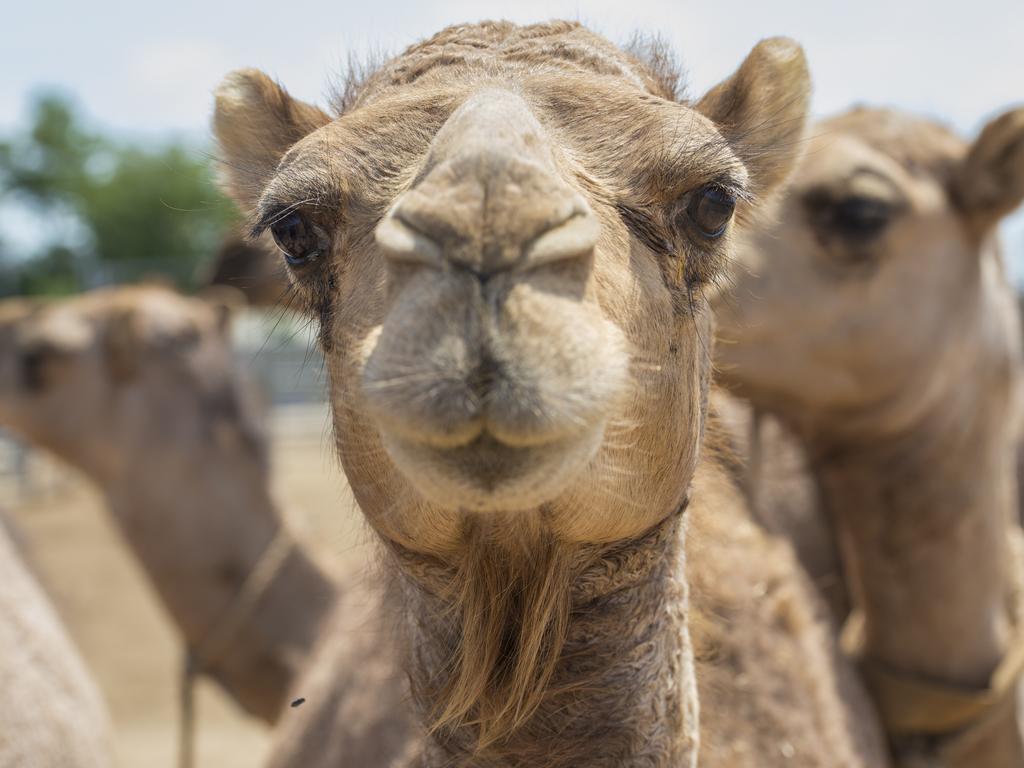
At least 50 per cent of Camel Milk Co Australia’s production is exported to southeast Asia, including Thailand and Singapore — with China “on the radar”.
Camilk in Rochester, Victoria’s only other camel dairy, recently launched a personal care range, including camel milk soaps, shampoos, baby rash powder and aftersun cream, in an effort to appeal to the mainstream market in Melbourne pharmacies, with hopes to supply major supermarkets.
As a result of the changes to Victoria’s Dairy Act, Camilk will also be looking at exporting to Asia this year.
“In the past there’s been issues with exports because it was governed by the Department of Agriculture, food licensing was by the local shire … now everything falls under Dairy Food Safety Victoria, making things a lot easier for us,” Rochester’s Camilk farm manager Simon Coussa said.

He said he hoped official recognition of the industry would also encourage more farmers to get involved, especially with feed supply an issue during drought.
“Camels eat a lot less,” Mr Coussa said. “The land area we have now can run a cow dairy herd of 150, buying in a lot of feed. I run 350 camels and don’t have to buy in any feed. You don’t get the same milk production out of them, but the profit off the milk makes up for that.”
Camel milk sells upwards of $10 a litre.
Ms Williams said Camel Milk Co Australia had been lobbying for a long time for the regulatory changes.
“It uncomplicates things,” she said. “There’s a clear view ahead of us now about what is required.”


